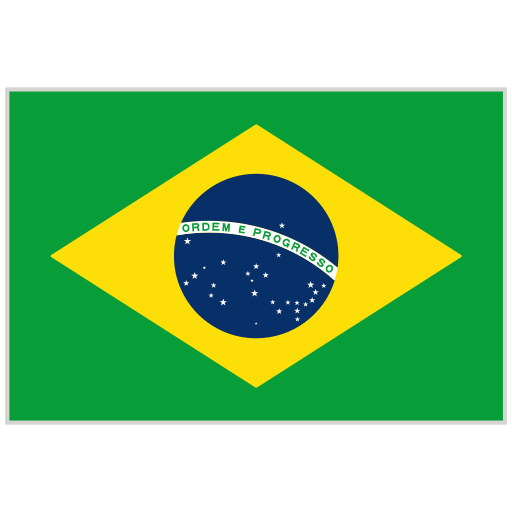
The Weavers Have Never Seen a Buyer Like Me
The Weavers Have Never Seen a Buyer Like Me
Here’s an example from November 2006:
Jorge and I were in Pile in the home of a weaver. She had invited us to eat our lunches at her family dining table. We’d brought our lunches with us, knowing it would be a long day and that there are no restaurants in Pile. We bought cold drinks from her, supporting the small business she runs from her refrigerator. Beer for me, water for Jorge. (Lunch was arroz con mariscos, rice with seafood, from Jorge’s restaurant. Warmer than expected, having been packed four hours earlier.)
She joined us at the table and we shared our lunch with her. She complimented his cook. After we ate, I asked if she had any hats to sell. Maybe. She showed us two hats woven by her daughter-in-law.
Jorge asked the prices. She thought it over, probably calculating the highest prices she might dare to ask. Eventually, she named her prices. Once she had decided, she was wonderfully assertive, not at all tentative. I liked this woman very much.
Jorge nodded acknowledgement. We examined the hats.
I measured the crown heights and brim widths, put them on my head to estimate their sizes. I evaluated the weave quality and straw color throughout each hat. I looked at them carefully in direct light and in shade. This is very important but I won’t explain why; let my competitors try to figure it out for themselves. I used the tape measure again and counted the weave in several places on each hat.
She watched this unusual process with interest. The local dealers in Pile typically glance at a hat quickly then attack the asking price, trying to push it as low as possible.
I don’t do that. I view the weavers as my teammates, not my adversaries.
We have a pricing system based on weave count, weave quality, straw color, hat size, brim width, etc. We use the same pricing system for every hat, every weaver, every day. We do our best to be as fair and as even-handed as possible. There will always be an element of subjective judgment of course. And I think that’s good too. If we bend our system, we bend it in favor of the weaver, usually to reward an especially nice weave.
After studying the two hats, I conferred with Jorge. We checked my numbers against our pricing chart.
I smiled and told her we would be happy to buy her hats, but not at her prices. She was used to that and prepared to argue her case for her prices. Before she could start to argue I told her our offering prices, both higher than her asking prices. She opened her mouth to contest our prices, then closed it, a little confused.
She had no experience with this kind of bargaining. To the best of her knowledge, never in the history of fine hat weaving had a buyer offered a higher price than the weaver had asked.
She asked our prices again, to make sure she had heard them correctly. Jorge repeated our prices. She repeated them back with a question mark at the end. Jorge and I both nodded confirmation.
She laughed. She agreed to sell at our prices, rather than hers. She asked Jorge if I was retarded. Naturally, he said yes. Maybe I am.
After everyone had a good laugh at my expense, Jorge explained our pricing system and how it works. We gave her a tape measure and a magnifying glass. Jorge showed her how to count the weave on her hats and her family’s hats.
She and her family have been happy to sell us their hats ever since. Win-win.
Example #2, April 2007:
Simón Espinal, the best weaver in the world, had a similar experience with us. I have been buying his entire production for years, paying him double what he used to earn, plus an artist’s commission on sold hats. But he had heard rumors of easy work and high pay in Venezuela. Yikes. Not true, but he doesn’t know that.
The thought of the best weaver in the world leaving the country to chase a false rumor was horrifying. I asked him to think about the amount of money he would need to earn each month in order to stay home with his family and keep weaving art.
He thought it over. Thought about the rumors of easy wealth. Thought about his family. Thought about the gringo nutcase he’d been observing for a few years. He came up with a number and politely proposed it to Jorge.
Jorge said no. He made a counter-offer 40% higher than what Simón had asked for.
Jorge proposed his revised compensation package to me. I said no. I made a counter-offer, adding another 20% to what Simón had asked for.
Simón carefully chewed and digested this unusual bargaining process before speaking. He consented to sell out and stay home with his family for 60% more than his asking price. The man drives a hard bargain.
Jorge and I were exhausted by the effort.
As a business matter, I had decided to shift a significant part of the artist’s commission forward, thus making Simón the highest paid weaver in history. Fair enough. Simón may be the best ever.
He also receives an artist’s commission from each of his masterpieces. He earns it.
Text and photos © 1988-2025, B. Brent Black. All rights reserved.
100% Secure Shopping



















































